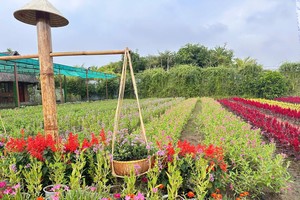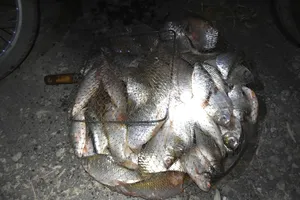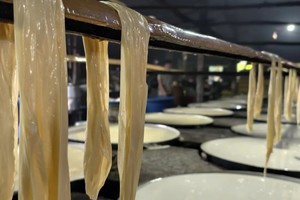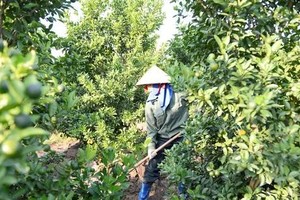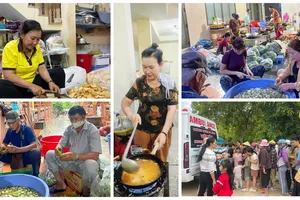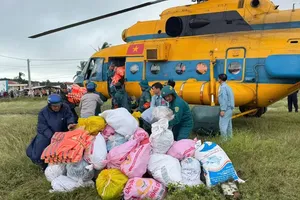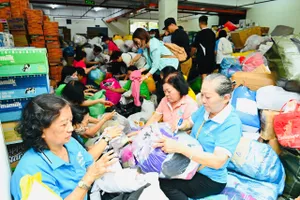
Tam Giang Lagoon (Thua Thien Hue Province) is likened to a shallow sea or the largest biodiversity museum in Southeast Asia, boasting 1,300 species of marine life, plants, and birds. Among them, the brackish-water clams, locally known as tria, thrive in this lagoon and have become the livelihood for many generations of local fishermen.
At 7 a.m., the locals start rowing their boats to find spots where the water is chest-deep before they begin clam searching. According to Le Thi Hoa, 63, the best time for clam searching is from 7 a.m. to noon. During this period, the water level in Tam Giang Lagoon is still quite shallow, making it easier for fishermen to find clams without the water getting in the way. She also mentioned that the water level rises significantly after noon. This is when the fishermen head back to shore, ending their 5-6 hours of being submerged in the water.
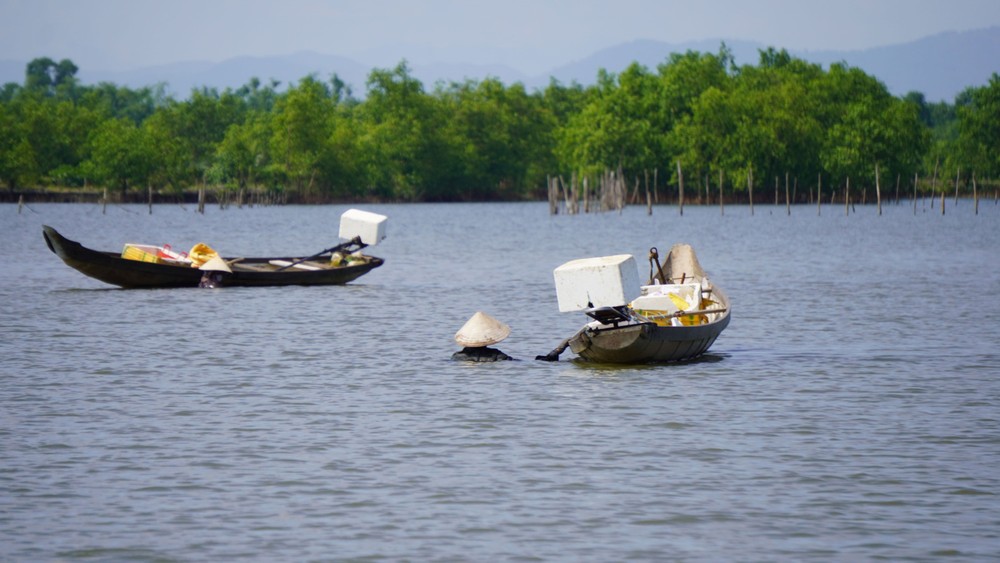


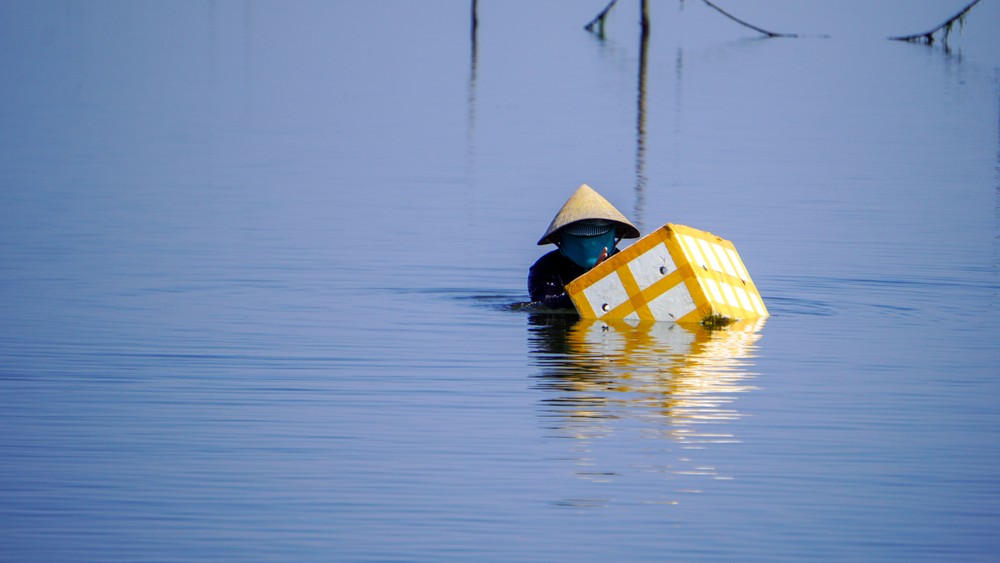
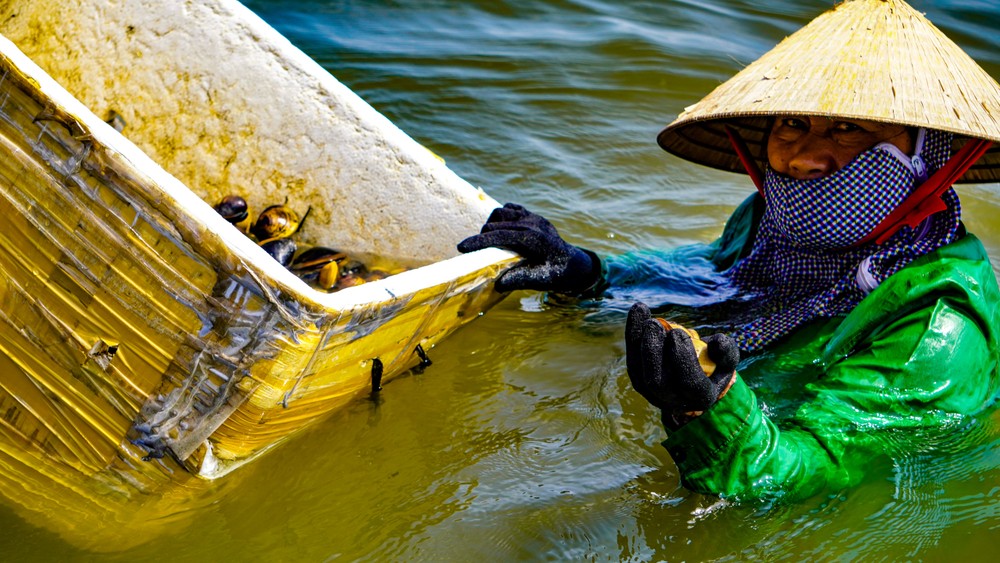
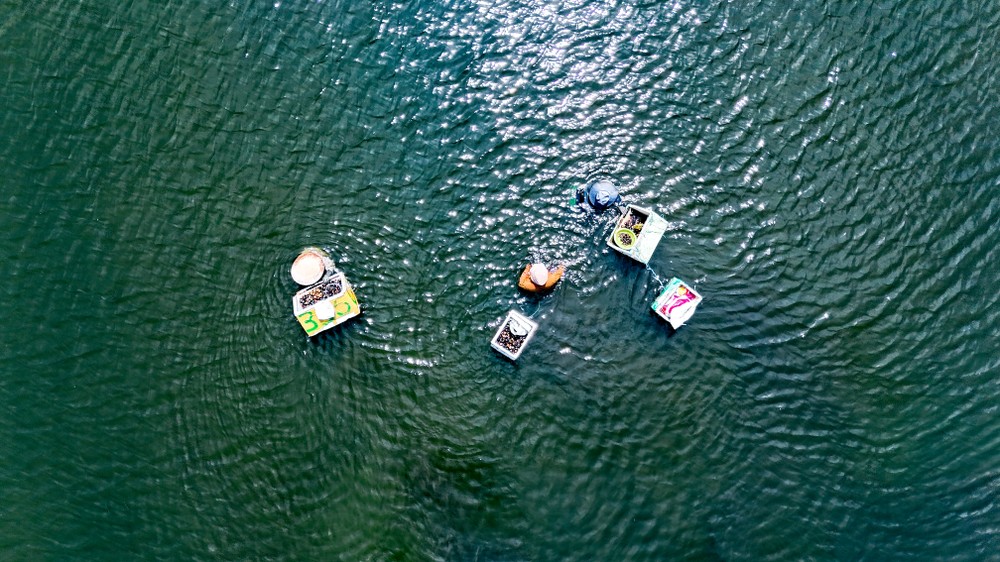
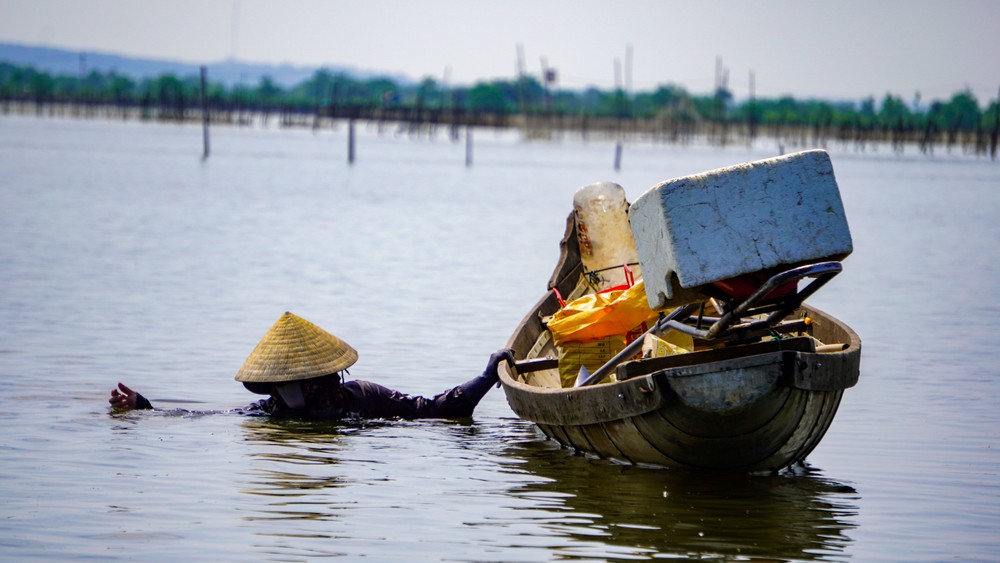
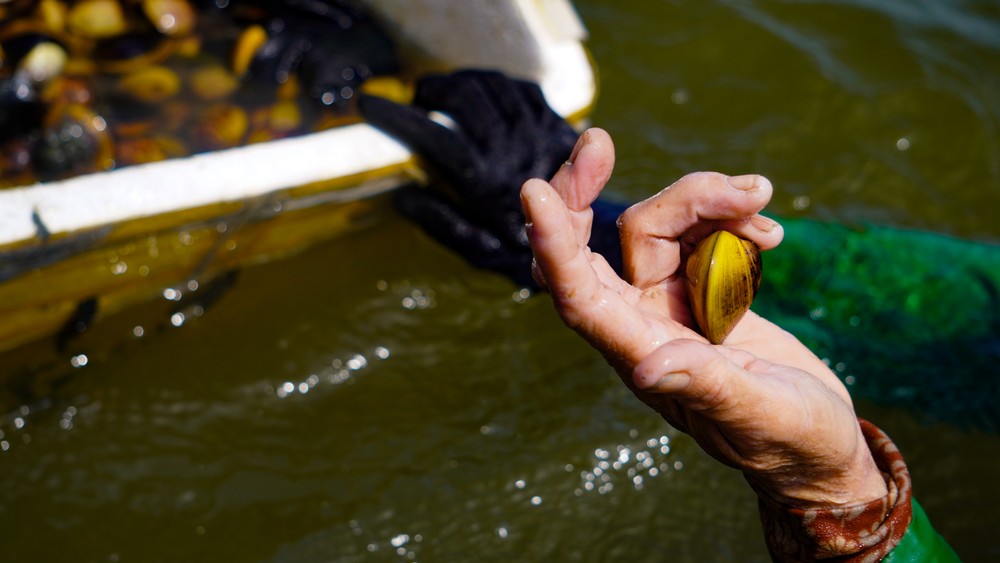
Each fisherman is equipped with a large styrofoam box, a few sacks, and a small boat, which serves as transportation to the lagoon and storage for clams when they have a successful catch. Clams, notably, do not move; they lie still under the mud. Fishermen use their feet to stomp around, feeling for clams, then pick them up with their feet and place them into the styrofoam box.
Depending on the weather, sometimes fishermen can catch several quintals, while other times they might only gather a few kilograms. Nonetheless, in the vast expanse of Tam Giang Lagoon, in addition to farming and fishing for other seafood, clam searching remains a viable source of income. Despite the immense hardship, the fishermen here endure hours submerged in water, braving the sun for half a day, tirelessly searching for clams.
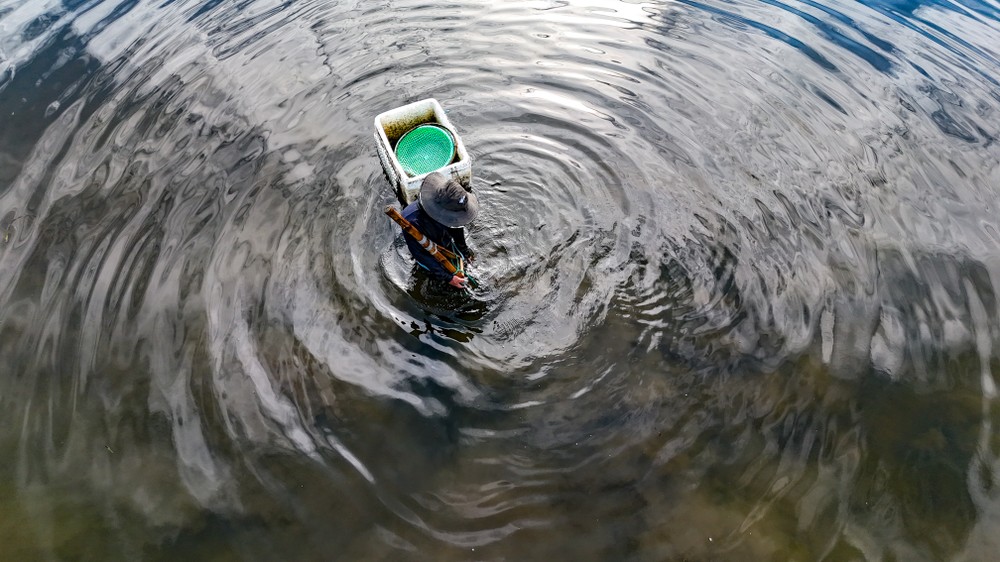
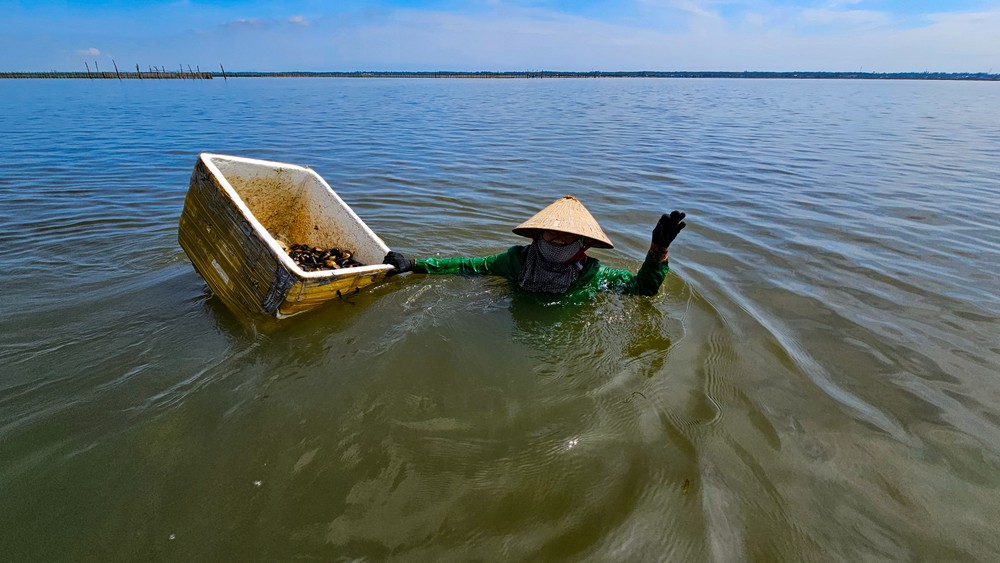
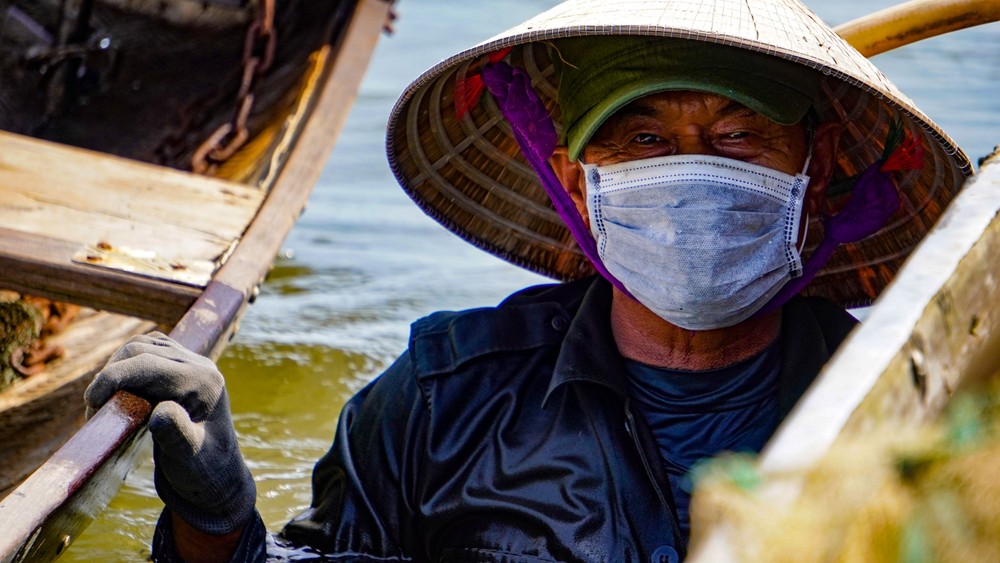
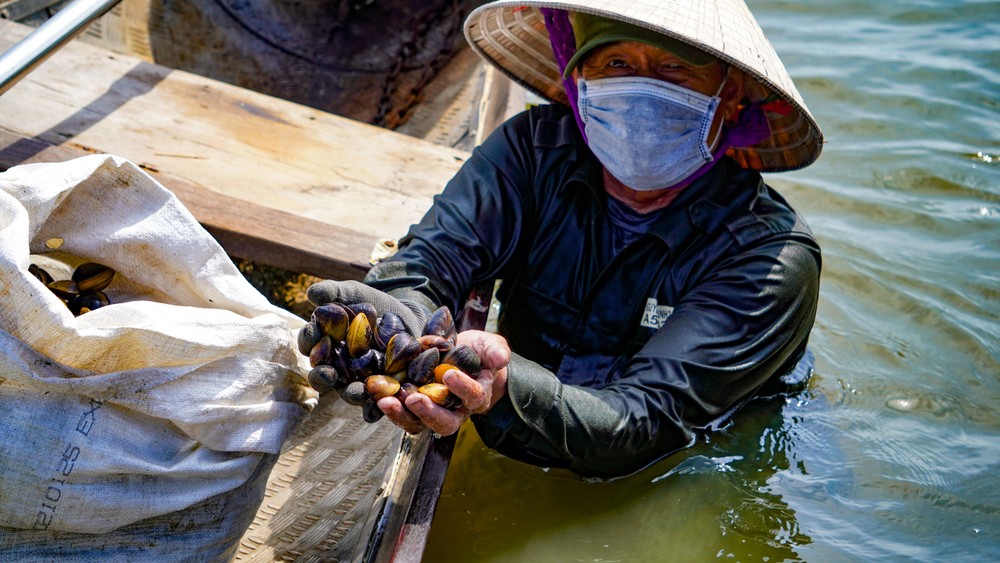
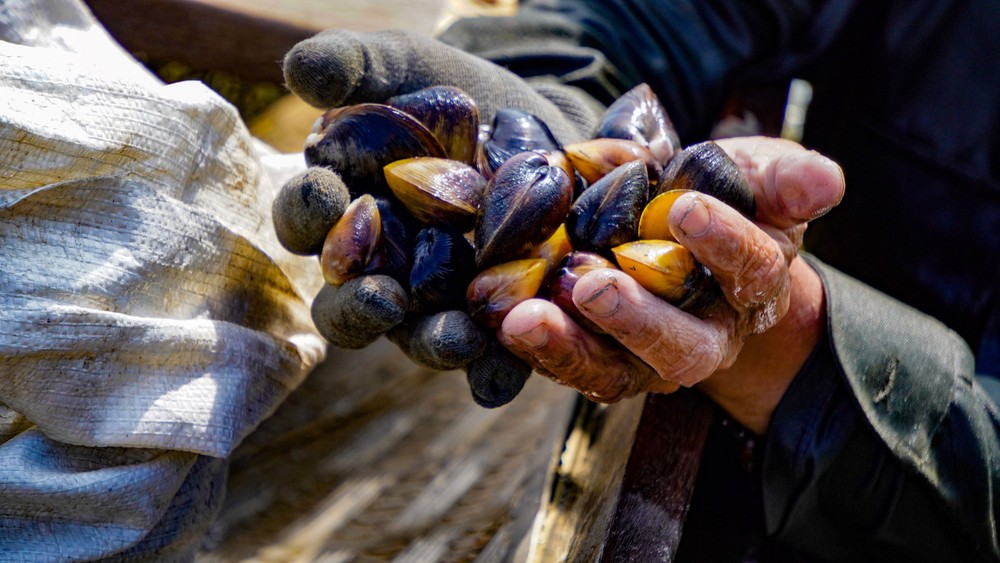
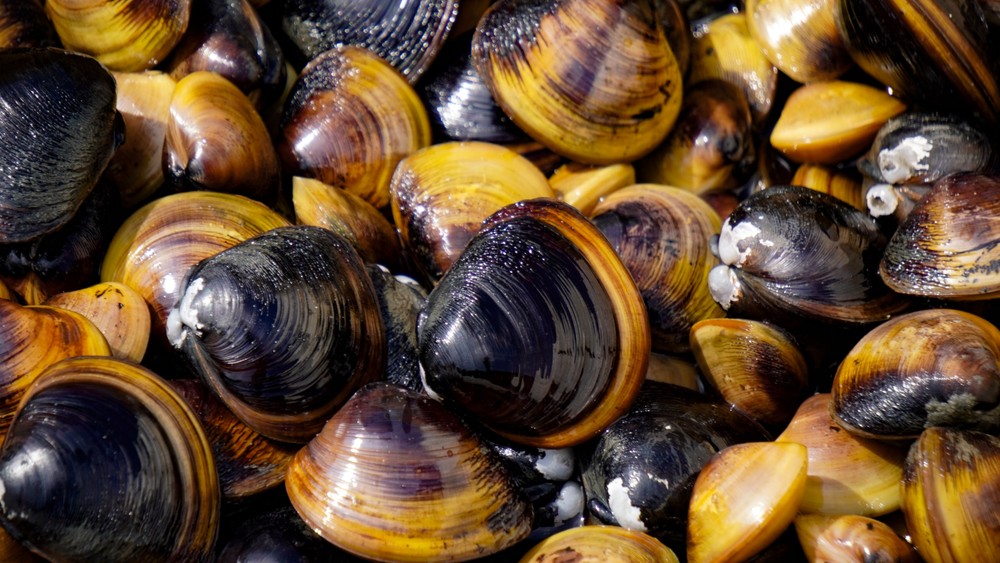

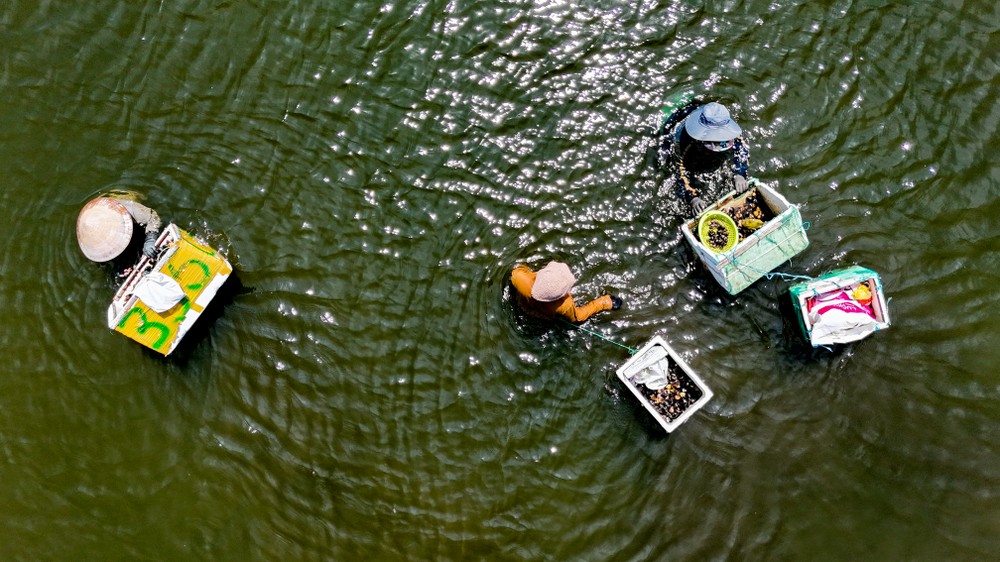
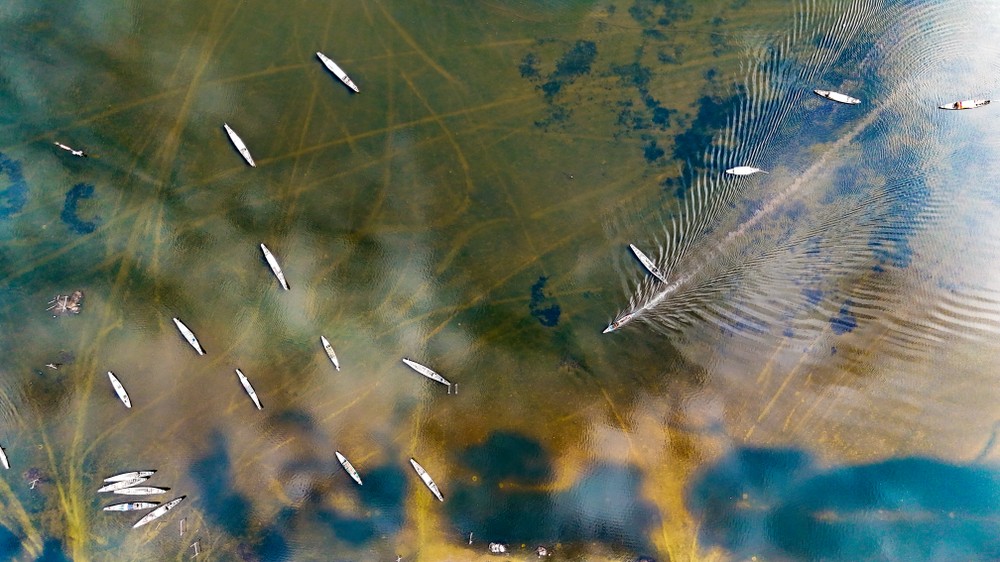
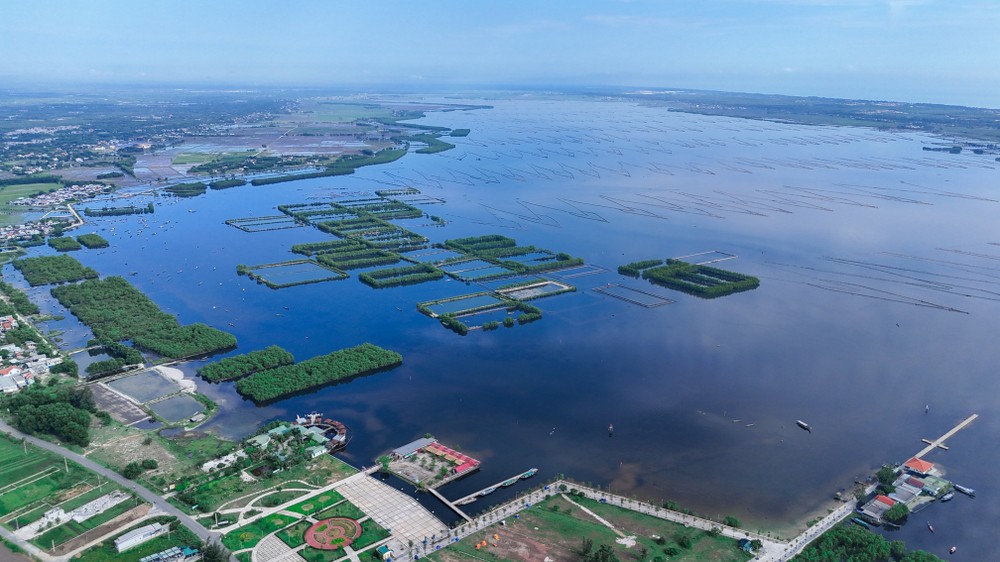
After coming ashore, the baskets of clams are purchased on the spot by traders, while the remaining clams are sold retail to those who need them. Fishermen sell clams for VND3,000 to VND5,000 per kilogram.

Clams are a nutritious food with a fragrant taste after being cooked, leading to many delicious dishes made from this seafood. When brought home, clams must be soaked in clean water with fresh chili to make the clams expel any impurities. After soaking for about 5 hours, they are ready to be cooked.
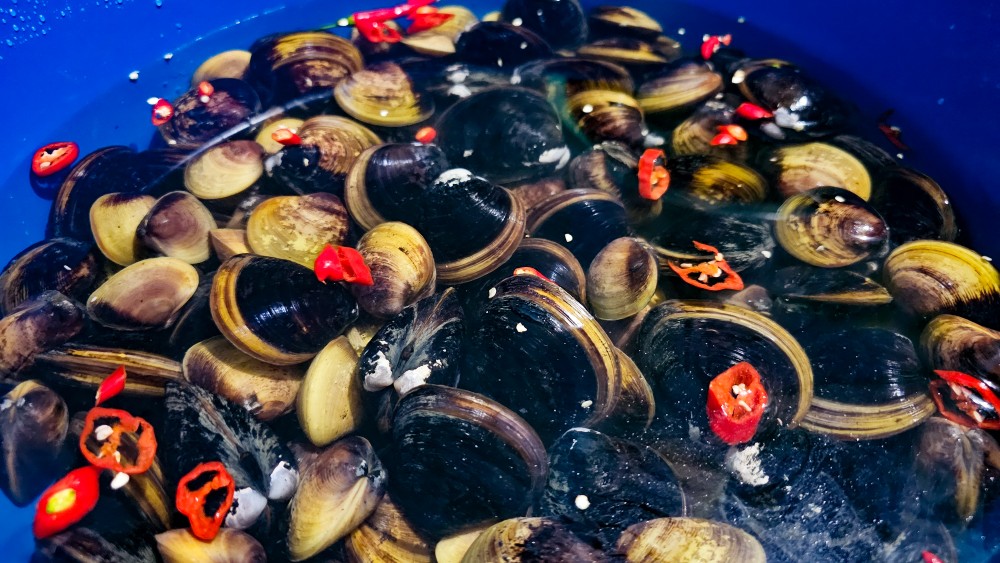

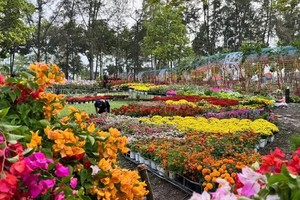

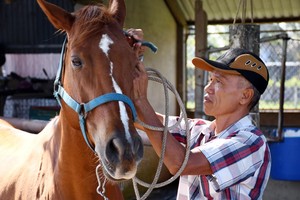

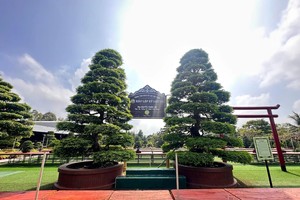

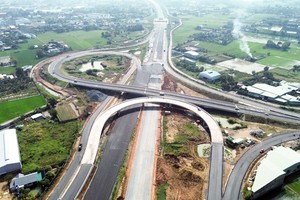
)
